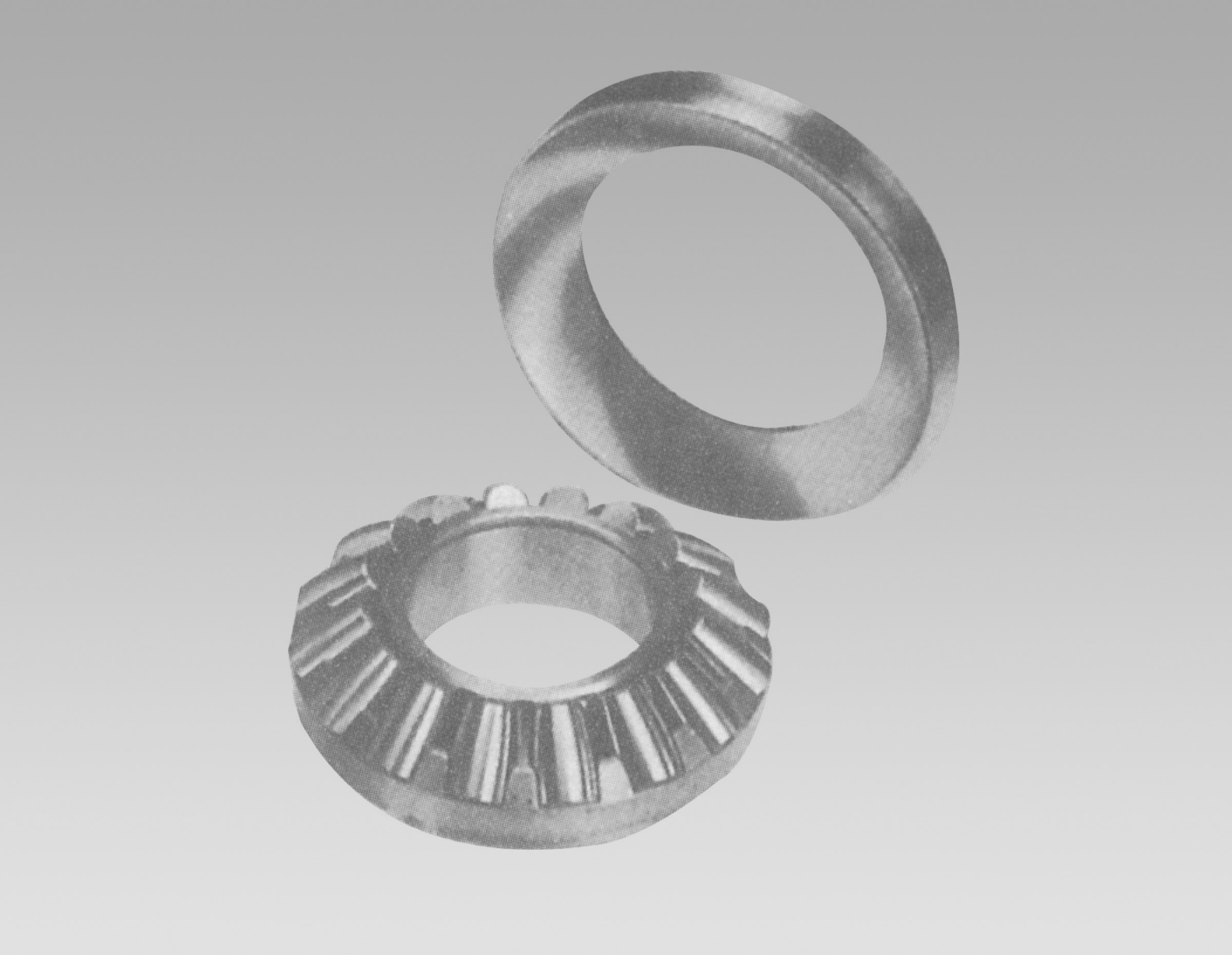
Aug . 12, 2024 14:32 Back to list
Various Types of Thrust Ball Bearings and Their Applications in Mechanical Engineering
Understanding Thrust Ball Bearing Types
Thrust ball bearings are specialized types of rolling-element bearings designed to support axial loads while allowing minimal rotational movement. Unlike standard ball bearings that handle radial and axial loads, thrust ball bearings are optimized specifically for vertical and horizontal axial loads. They play a crucial role in various industrial and mechanical applications due to their unique design and functionality.
Basic Structure and Function
A thrust ball bearing typically consists of three main components the shaft washer, the housing washer, and the ball and cage assembly. The shaft washer is mounted on the rotating shaft, while the housing washer is fixed to the machine's housing. The balls are situated between these two washers, allowing them to spin freely and accommodate loads applied along the axis of rotation.
Due to their design, thrust ball bearings function well in applications where high axial loads and low speeds are involved. They are not suitable for supporting radial loads, which makes them less versatile than other bearing types.
Types of Thrust Ball Bearings
1. Single Direction Thrust Ball Bearings These bearings can support axial loads in one direction only. They consist of a single row of balls and are designed for applications where axial loads will consistently come from one direction. For example, they are commonly used in gears, clutches, or in the case of heavy machinery where movement and load direction are predictable.
2. Double Direction Thrust Ball Bearings Unlike their single-direction counterparts, double direction thrust ball bearings can accommodate axial loads from both directions. They include two rows of balls and two separate washers on the shaft and housing. This design makes them ideal for applications where the load can come from alternating directions, such as in some electric motors and industrial machinery.
thrust ball bearing types

3. Non-Contacting Thrust Bearings These are designed with cages that do not touch the balls, reducing friction and wear. Non-contacting designs are beneficial in applications requiring a longer lifespan and reduced maintenance, as they minimize heat generation and allow for smoother operation.
4. Preloaded Thrust Ball Bearings Preloaded designs involve applying a pressure or load to the bearing before it begins operation. This approach enhances the stiffness of the bearing system and helps in reducing vibration and noise. Preloading is common in applications requiring precise positioning and stability, such as in CNC machines and robotic systems.
Applications of Thrust Ball Bearings
Thrust ball bearings find immense utility across various industries. Common applications include
- Automotive Used in transmissions and clutches where specific axial loads are present. - Aerospace In applications like landing gear assemblies, where robustness under load is critical. - Industrial Machinery Employed in conveyor systems and heavy equipment to support axial loading. - Electric Motors Often found in electric motors to assist in maintaining alignment and balance during operation.
Conclusion
With their unique design and capabilities, thrust ball bearings are essential components in myriad industrial applications. Understanding the types and functionality of these bearings helps engineers and machinery designers select the appropriate bearing for their specific needs, thereby enhancing performance and reliability in mechanical systems. When choosing a thrust ball bearing type, considerations around load direction, application requirements, and operational environment are crucial to ensuring optimal outcomes in performance and longevity.
Latest news
-
common-failures-in-thrust-ball-bearings-and-solutions
NewsAug.22,2025
-
how-tapered-roller-bearings-can-take-shock-loads
NewsAug.22,2025
-
angular-bearings-in-high-precision-spindles
NewsAug.22,2025
-
the-impact-of-misalignment-on-cylindrical-roller-bearing-performance
NewsAug.22,2025
-
the-role-of-cage-design-in-deep-groove-ball-bearing-durability
NewsAug.22,2025
-
the-impact-of-material-quality-on-machinery-bearings-lifespan
NewsAug.22,2025
